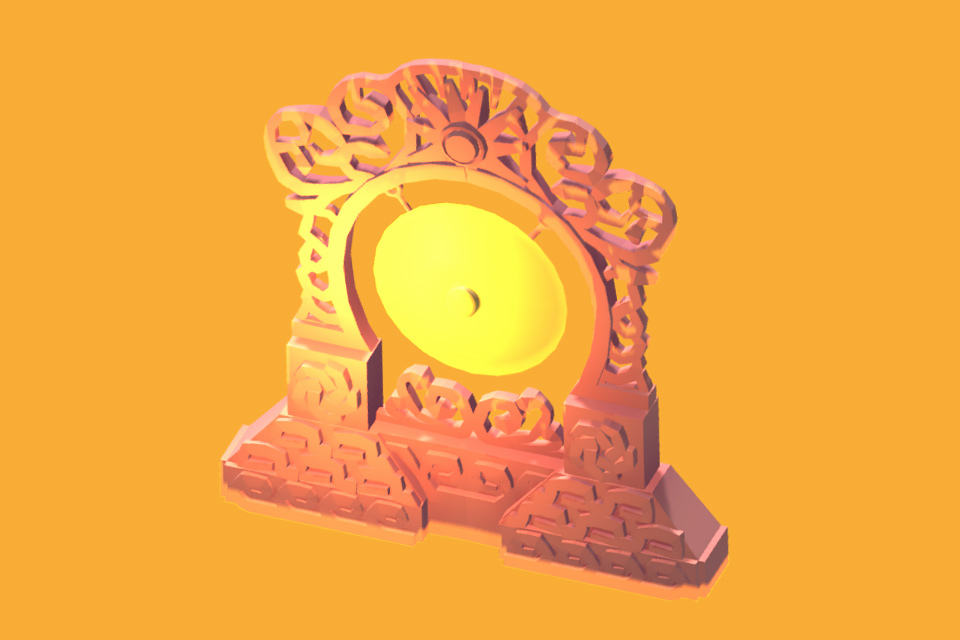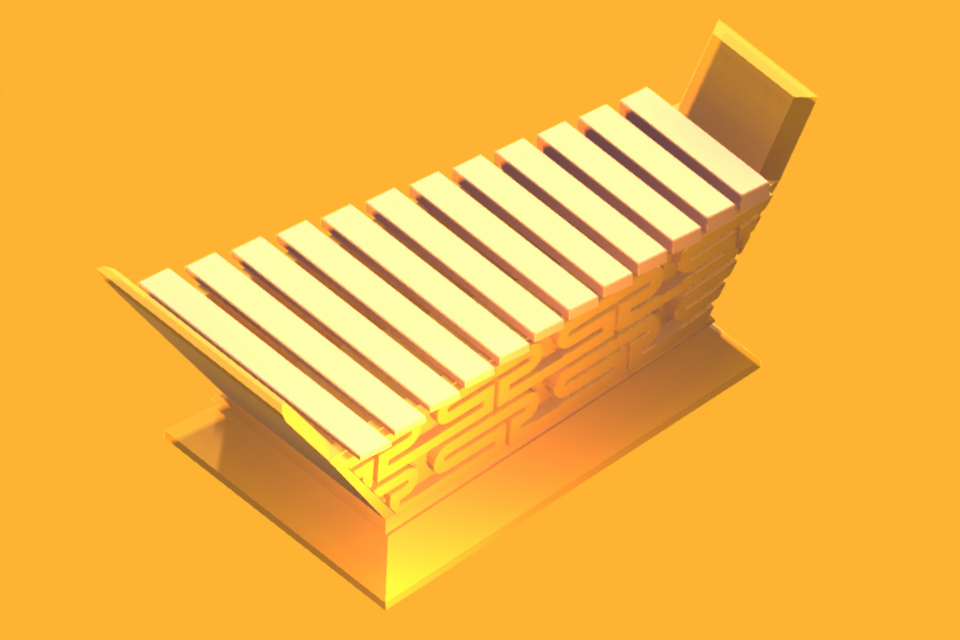Indonesian gamelan ensemble music
Gamelan is centuries old traditional ensemble music originating from Indonesia.
︎ Floppy Club curated playlist
The word ‘Gamelan’ comes from the javanese word gamel, a type of hammer used by a blacksmith. The most common instruments are percussion-based metallophones, kendhang, kemanak and gangsa. Other instruments include the xylophone, bamboo flute and a rebab.
Some Gamelan ensembles, like a typical Balinese gamelan, cannot be heard inside, as it is so loud that it crosses the threshold of pain.
GAMELAN and MUSIC for Cremation Ceremony in UBUD, Bali
Balinese Legong Dance - Ubud, Bali
Sound Tracker - Gamelan (Indonesia)
A lot of western music has been influenced by Gamelan music. Including classical and contemporary composers such as Claude Debussy, Erik Satie, John Cage and Phillip Glass.
Modern electronic music artists such as Plaid, Björk, Mouse on Mars and many others have directly been influenced by the instruments and structures of the music.


Instruments & Music Theory
Kemong
A pair of small bronze gongs placed in a beautiful frame. You play the gong with a heavy cloth-covered mallet.
Tuladha Wulang Tabuhan Ricikan Mligi: Engkuk Kemong

Gambang
A Javanese wooden type of xylophone. The instrument is played with mallets made out of the horns from a javanese buffalo.
Gambang
![Gaming instrument. Author Tropenmuseum]()
Kendang
A Balinese double headed drum made by wood from a jack fruit tree. A typical gamelan ensemble includes two of these instruments.
Pupuh Kendang Tunggal Bapang
Tutorial Belajar Pupuh Kendang Tunggal Cululung-Cululung 2019
Ciaaattt...Prof Dr. I Made Bandem (Gamelan in Brussel, 1996)
![Kendan percussion instrument. Double-well ton-shaped drum. Author Tropenmuseum]()
Pelog is a seven-tone scale, which is very rarely used. Gamelan orchestras are almost exclusively tuned to five-tone scales. The selisir scale is the most common, it leaves out the fourth and seventh notes.
The Balinese do not use a standard pitch when tuning their gamelan orchestras. In Western classical music, the ‘A’ note is tuned to 440 Hz (vibrations per second). In Balinese gamelan music, the notes are called ding, dong, deng, dung and dang. The tuning of these notes vary widely between orchestras. Taking the relative pitch of “deng” between two orchestras as an example, the Ubud Kaler variety is placed at around 120 Hz, while Batubulan measures at around 135 Hz.
On gamelan-bali.eu, the differences between gamelan orchestras are clearly illustrated through audio examples present in the middle of the page.
There are a lot of beautiful gamelan ensembles, here are three good suggestions to start with:
Karawitan Condhong Raos,
Cudamani,
Gamelan Orchestra of the Yogykarta Royal place.
Over the years there have been some interesting attempts to create robotic gamelan ensembles.
Sources
Pitch and tuning of Balinese gamelan orchestras (Duimelaar, Pieter. 2010)
www.thoughtco.com/history-of-gamelan-195131 (Szczepanski, Kallie. 2019)
www.britannica.com/art/gamelan Britannica, T. Editors of Encyclopaedia. gamelan. Encyclopedia Britannica. https://www.britannica.com/art/gamelan
A Javanese wooden type of xylophone. The instrument is played with mallets made out of the horns from a javanese buffalo.
Gambang

Kendang
A Balinese double headed drum made by wood from a jack fruit tree. A typical gamelan ensemble includes two of these instruments.
Pupuh Kendang Tunggal Bapang
Tutorial Belajar Pupuh Kendang Tunggal Cululung-Cululung 2019
Ciaaattt...Prof Dr. I Made Bandem (Gamelan in Brussel, 1996)

Tuning & Scales
Pelog is a seven-tone scale, which is very rarely used. Gamelan orchestras are almost exclusively tuned to five-tone scales. The selisir scale is the most common, it leaves out the fourth and seventh notes.
The Balinese do not use a standard pitch when tuning their gamelan orchestras. In Western classical music, the ‘A’ note is tuned to 440 Hz (vibrations per second). In Balinese gamelan music, the notes are called ding, dong, deng, dung and dang. The tuning of these notes vary widely between orchestras. Taking the relative pitch of “deng” between two orchestras as an example, the Ubud Kaler variety is placed at around 120 Hz, while Batubulan measures at around 135 Hz.
On gamelan-bali.eu, the differences between gamelan orchestras are clearly illustrated through audio examples present in the middle of the page.
There are a lot of beautiful gamelan ensembles, here are three good suggestions to start with:
Karawitan Condhong Raos,
Cudamani,
Gamelan Orchestra of the Yogykarta Royal place.
Over the years there have been some interesting attempts to create robotic gamelan ensembles.
Sources
Pitch and tuning of Balinese gamelan orchestras (Duimelaar, Pieter. 2010)
www.thoughtco.com/history-of-gamelan-195131 (Szczepanski, Kallie. 2019)
www.britannica.com/art/gamelan Britannica, T. Editors of Encyclopaedia. gamelan. Encyclopedia Britannica. https://www.britannica.com/art/gamelan







